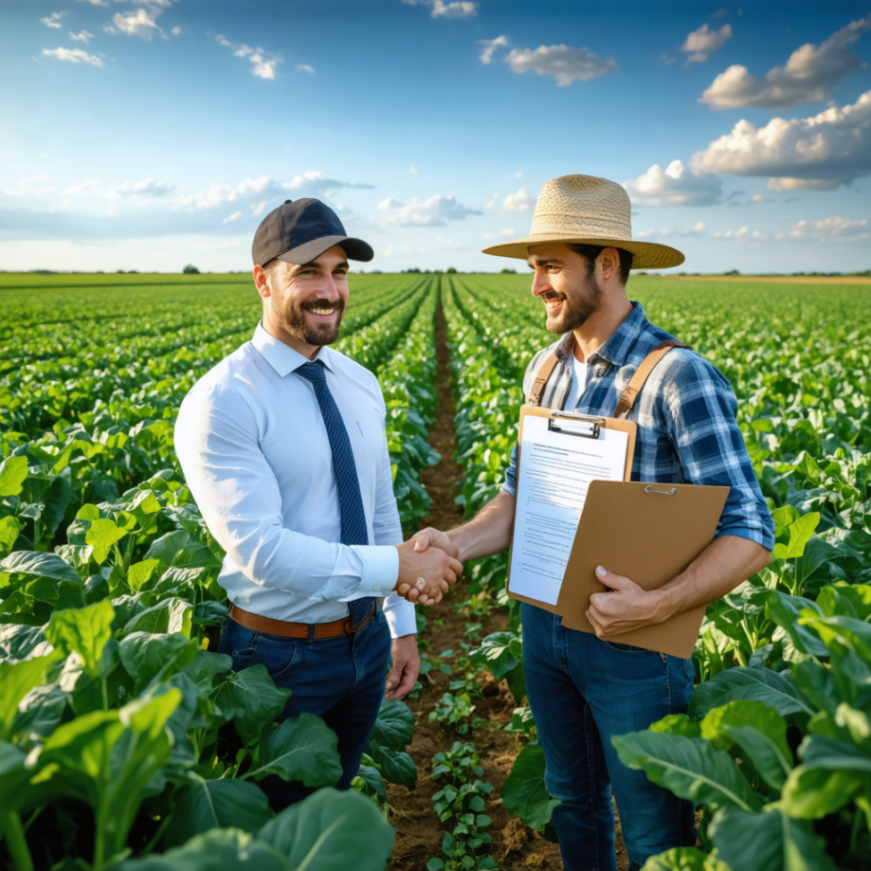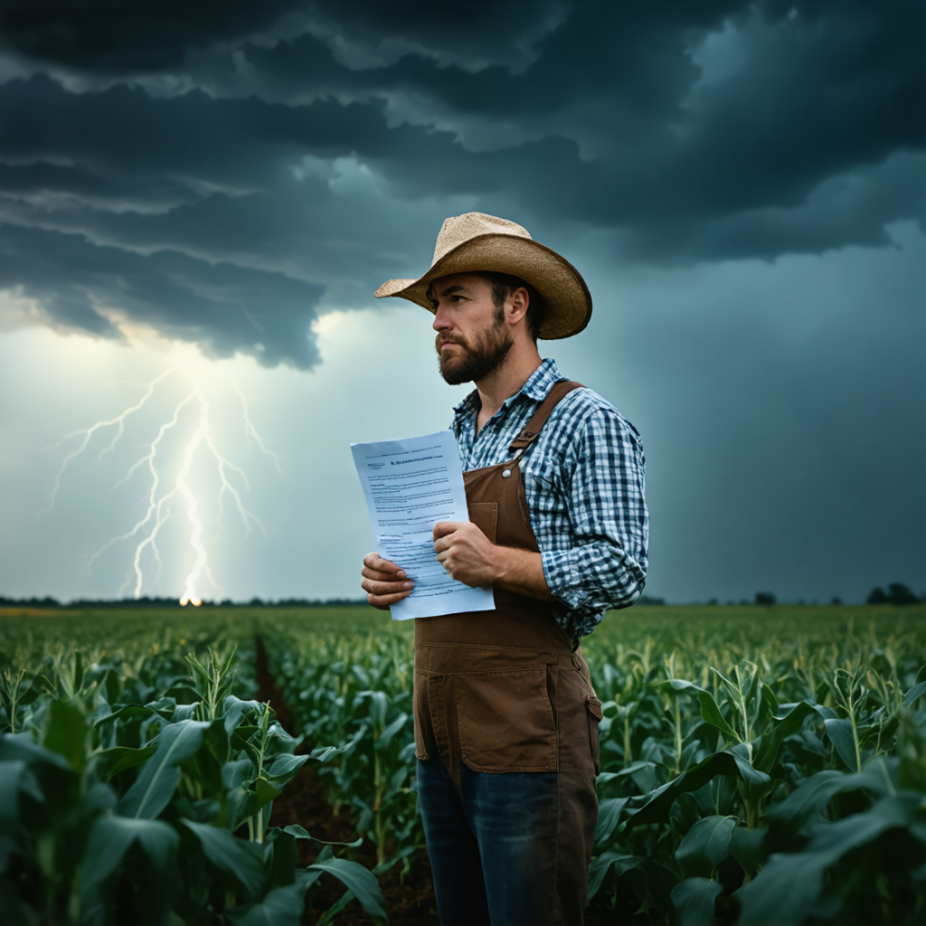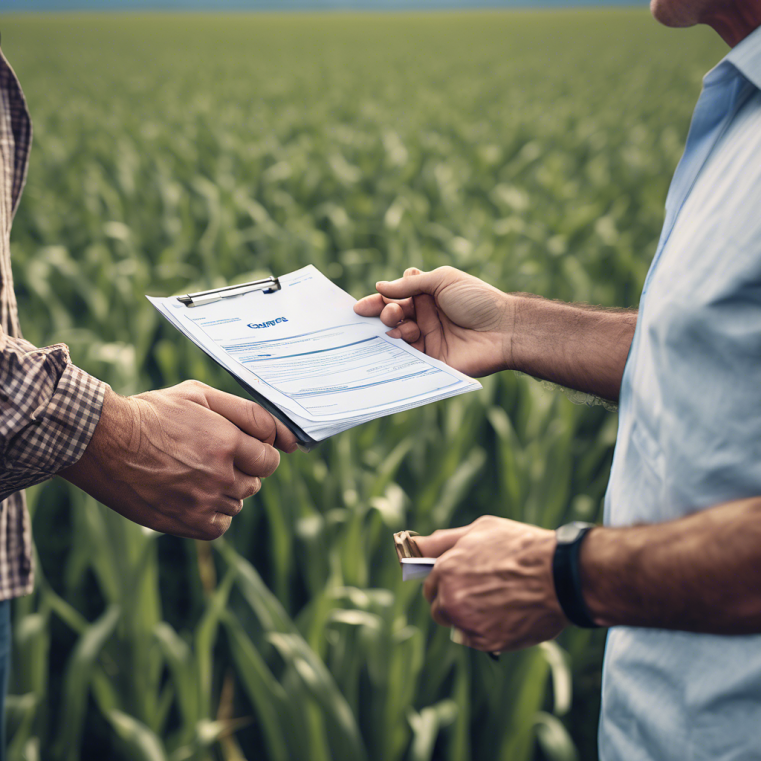Healthy crops depend on nature's good graces; nature's disasters can turn hopeful harvests into financial calamities. Pests appear, droughts happen, and market prices fluctuate. The profitable season can go south in two shakes of a lamb's tail. That's why a financial safety net called crop insurance is so essential. It protects farmers against unexpected losses. It protects the agricultural community—farmers and everyone who benefits from their labors—against the kind of instability that could upend the whole uncertain American farm scene.
Farmers who suffer losses from natural disasters or from the even more common disasters of adverse weather or falling crop prices can find specialized help in crop insurance. With a warming world and an increasingly unstable market, the very nature of farming itself has become more hazardous. Yet even as farming has become riskier, the federal program that subsidizes crop insurance has come under criticism for a variety of reasons.

Protection Against Natural Disasters and Climate Risks
Farming is so closely linked to weather conditions, even a slight variation in these can have a monumental impact on crop yields. For instance, too much rain as opposed to too little can mean the difference between healthy and deceased plants. Or, let us compare too hot with too cold conditions. Disasters like floods, hailstorms or droughts can destroy whole fields of farmers. In the same way, the arrival of pests can lead to the destruction of crops over extensive territory. The result is the same: no income for the farmer for that growing season. Insurance policies covering crop failures provide a safety net for farmers. When a natural disaster strikes and the crops are wiped out, the insurance pays them back a large portion of what they spent to grow those crops. That's not a bad deal for the farmers, especially in Third World countries, where a poorly run, erratic, and almost scam-like microloan program is the only way many farmers can access the capital needed to grow the very crops they're now growing.

Safeguarding Farmers from Market Price Fluctuations
Market conditions for agricultural commodities can be quite unpredictable. Global demand for agricultural products can change suddenly and for reasons that aren't immediately clear. Trade policies can and do change—and sometimes on a moment's notice—and when they do, they affect every agricultural producer. And of course, the level of supply relative to demand can swing wildly as well and all for reasons that are just as difficult to predict. A farmer may have a banner year, harvesting way more of his product than he ever has before and then finding the market for his product has collapsed-even if he's working at the top of his game. This was a real risk that perpetually haunted farmers. And it was a major reason, by the way, that farm life was such a hard life. Numerous crop insurance plans offer price protection features that reimburse producers when the market price of their crops dips below a preset level. These plans ensure that, even in years when market prices are low, farmers receive something close to the fair value of their crops.

Conclusion
Crop insurance is a crucial instrument of modern agriculture, providing coverage against acts of God, market risks, and plain financial misfortune. It is a far-reaching public-private partnership that serves rural America, bolstering the economy and securing parts of the world — especially subdivisions of the U.S. Midwest — that could be hit by food price inflation or outright shortages. That makes the program more important, not less, in an age of climate change and market unpredictability.




